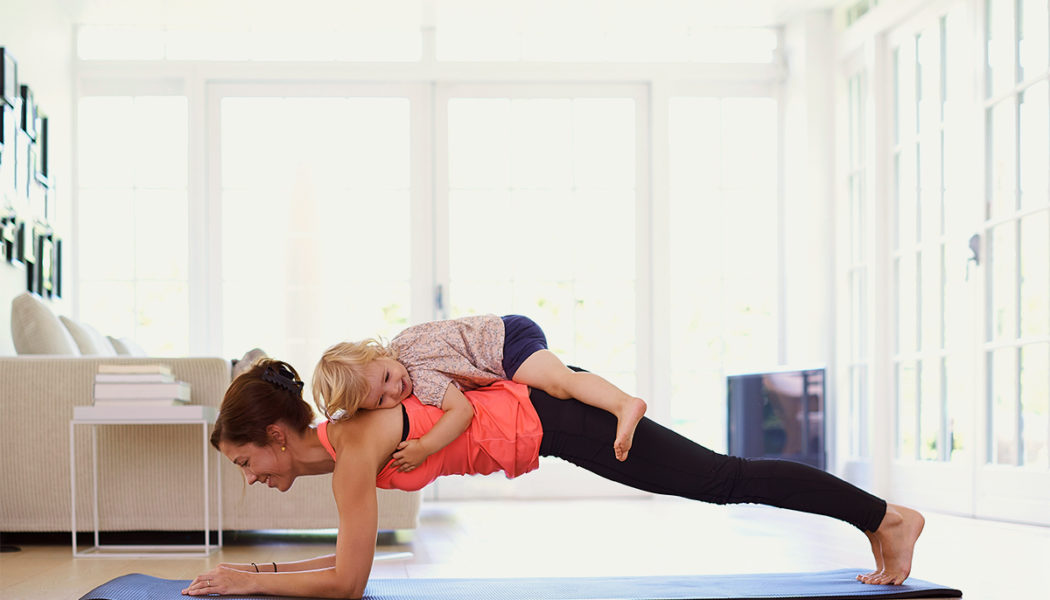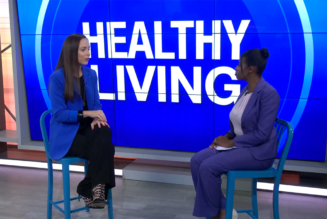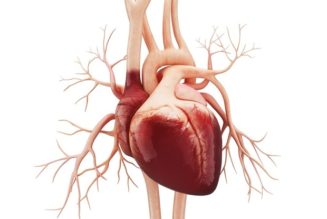
There are five main categories of exercise: aerobic, muscle strengthening, bone strengthening, balance and flexibility.
Aerobic exercise, also known as cardio, is anything that boosts your heart and breathing rates. Some types are done in short bursts, like sprints. Longer bouts are known as endurance exercise.
- Examples: brisk walking; bicycling; swimming; jumping rope; taking an aerobics class; using a rowing machine
Muscle-strengthening exercise, also known as resistance training, has the muscles of the body working against a weight or force.
- Examples: lifting weights; using resistance bands; lifting heavy objects (milk jugs, a shovelful of dirt); climbing stairs; hiking; bodyweight moves (push-ups, sit-ups, yoga moves)
Bone-strengthening exercise, also known as weight-bearing exercise, puts stress on the bones so they rebuild and become stronger. The stress usually comes from the impact on the ground.
- Examples: jumping actions (jumping rope, jumping jacks); aerobics/dance classes; running or brisk walking; weight lifting
Balance exercise tests your ability to stay steady when you’re not standing on both feet.
- Examples: balancing on one foot; shifting weight from foot to foot; walking backward; using equipment like a balance ball or board; doing yoga or tai chi
Flexibility exercise, also known as stretching, helps loosen up tight muscles. This helps your joints move more fully through their range of motion. Usually, you’ll do moves that help lengthen the muscles. Stretching can be still (static) or moving (dynamic). And you can do it without equipment or with tools such as stretch bands and foam rollers.
- Examples: toe touches; torso twists; lunging; doing yoga or tai chi
Many types of exercise fall into more than one category. Make sure your routine hits on each category of exercise for the most benefits.









